-
To proceed to checkout and complete your order, you must have a minimum order amount of $200 . Your current order total is $0.00.
Ostrich Eggs
Original price was: $90.00.$45.00Current price is: $45.00.
Ostrich eggs are the largest of all bird eggs, reflecting the size and stature of the ostrich, the world’s largest bird. Here is a detailed description of ostrich eggs:
Physical Characteristics
- Size and Weight:
- Dimensions: Ostrich eggs are typically about 6 inches (15 cm) in length and 5 inches (13 cm) in diameter.
- Weight: They usually weigh between 3 to 5 pounds (1.4 to 2.3 kg).
- Shell:
- Thickness: The shell is thick and sturdy, measuring around 2-4 mm in thickness. This durability helps protect the developing chick inside.
- Color and Texture: The eggshell is glossy and can range from creamy white to yellowish in color. The surface is pitted with small pores, which allow for the exchange of gases necessary for the embryo’s development.
Reproduction and Incubation
- Laying and Nesting:
- Nesting Behavior: Female ostriches lay their eggs in a communal nest, which is a simple pit dug into the ground by the dominant male. The nest can contain eggs from multiple females, with a typical clutch size of about 15 to 60 eggs.
- Laying Frequency: A single female ostrich can lay an egg every two days during the breeding season, which generally occurs in the spring and summer months.
- Incubation:
- Duration: The incubation period for ostrich eggs is approximately 42 days.
- Parental Care: Both the male and the dominant female share incubation duties. The male typically incubates the eggs at night due to his darker plumage, which provides better camouflage, while the female takes over during the day.
Nutritional Value
- Composition:
- Yolk: The yolk of an ostrich egg is proportionally larger than that of a chicken egg and is rich in fats and proteins.
- Egg White: The egg white (albumen) is clear and thick, similar to that of a chicken egg, but in much greater quantity.
- Nutritional Content:
- Ostrich eggs are highly nutritious, containing significant amounts of protein, iron, and vitamins (such as vitamin A and riboflavin). A single ostrich egg can provide the equivalent nutrition of approximately 24 chicken eggs.
Culinary Uses
- Cooking:
- Ostrich eggs can be used in various recipes just like chicken eggs. They can be boiled, scrambled, or made into omelets. Due to their size, they require longer cooking times.
- Boiling: It can take about 90 minutes to hard-boil an ostrich egg.
- Scrambling: Scrambling an ostrich egg requires a large pan and a considerable amount of time compared to scrambling a chicken egg.
- Taste and Texture:
- The taste of an ostrich egg is similar to that of a chicken egg but is often described as richer and more buttery.
- The texture can be slightly firmer due to the thicker consistency of the egg white.
Cultural and Economic Aspects
- Cultural Significance:
- In some cultures, ostrich eggs are considered a delicacy and are often used in festive or ceremonial dishes.
- Historically, ostrich eggshells have been used for artistic purposes, such as engraving and painting, and as containers for water or other liquids.
- Economic Value:
- Ostrich eggs are commercially valuable, particularly in the farming and tourism industries. They can be sold for consumption, as hatching eggs for breeding purposes, or as novelty items and souvenirs.
- Conservation and Farming:
- Ostrich farming for eggs, meat, and feathers is a sustainable practice that helps in conserving wild ostrich populations by reducing the need to hunt them.
Summary
Ostrich eggs are remarkable not only for their size but also for their nutritional value, culinary versatility, and cultural significance. Their sturdy shells and substantial contents make them a unique food source and an important product in both agricultural and artistic contexts.
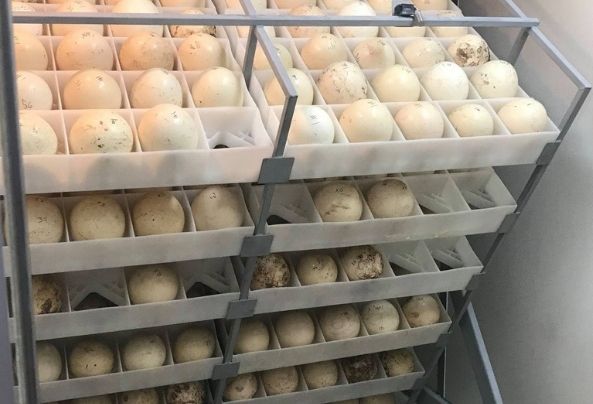
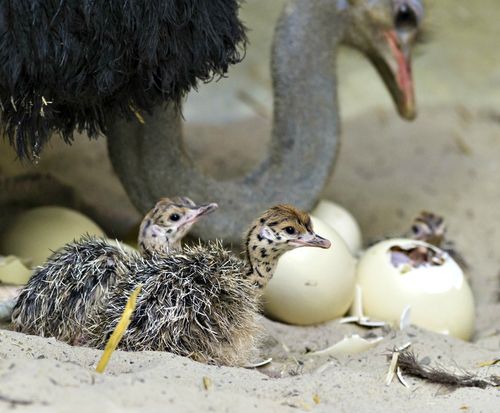
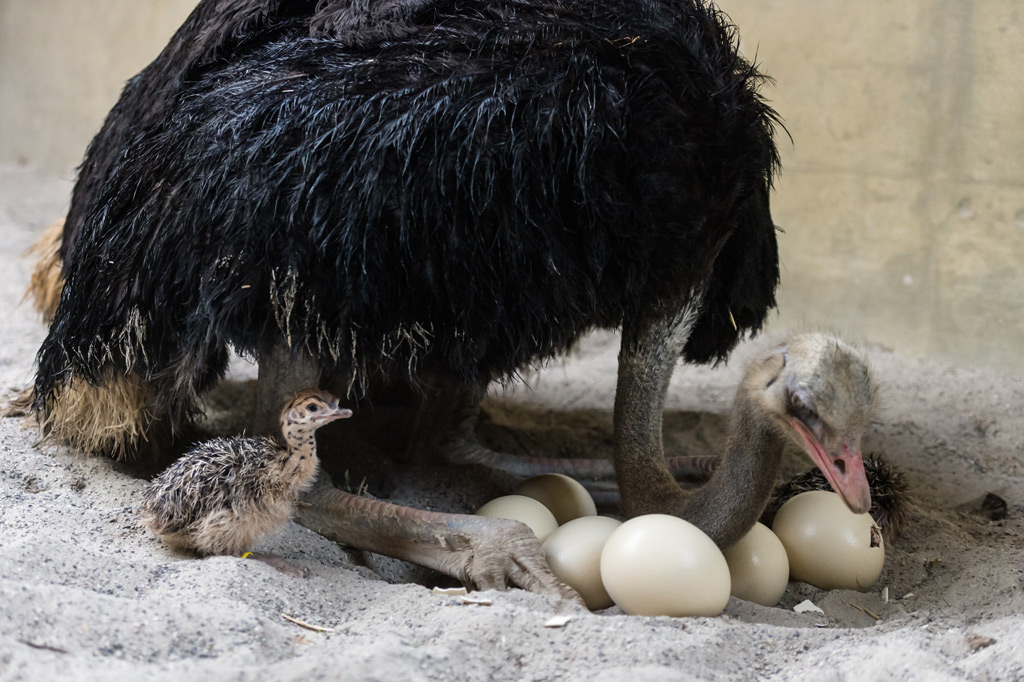


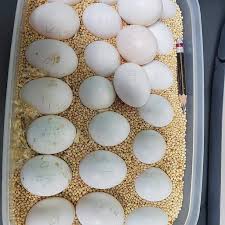

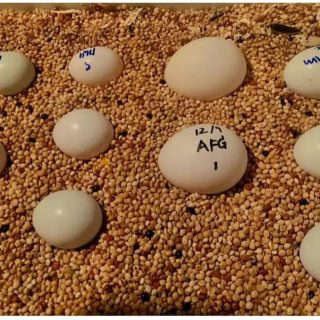
Reviews
There are no reviews yet